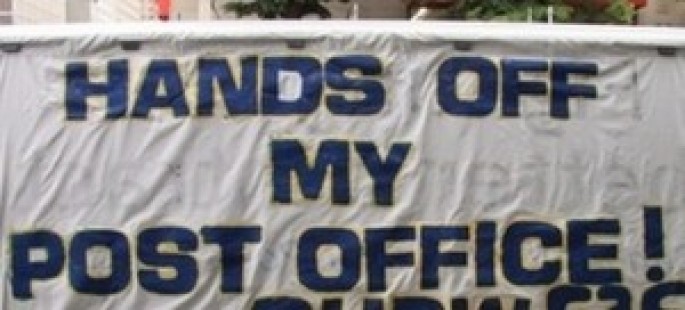Should American Progressives Be Calling for a “Public Option” in Banking?
November 30, 2011 | Economics & Trade Politics and Policy Progressive Political Commentary

Proposals for a public banking option are almost unheard of in the U.S., where free-market orthodoxy has, throughout most of our history, held sway over collective approaches to the provision of public and private goods and services. Nonetheless, the concept deserves serious consideration based on the evidence in at least a couple of areas. First, there is the striking success of this model in other advanced and advancing economies for providing and directing lower-cost, long-term capital essential for growth. And second, while better financial sector regulation, oversight, and enforcement might mitigate the worst excesses of an opaque multinational private banking system, it remains doubtful that the resources of regulators can ever match those of the private banking system to circumvent regulations and evade the consequences of wrongdoing. It is now widely understood that the private global banking and financial system has failed to serve the “real” economy, or what we often call, “Main Street.” This is not just the case in the U.S. Europe’s problems, while largely due to an ill-designed monetary union and the high sovereign debt of certain member countries, has been exacerbated by the same short-term-profit-driven, casino approach that has characterized the U.S. financial sector. Perhaps the time has come to consider another model, one that treats banking and finance more like a public utility. A public bank would not have to be beholden to shareholders demanding a 20% annual return. It could circumvent incentives that induce management to take extraordinary risks (cognizant that in the worst-case
Read More...
Capitalist Fools by Joseph Stiglitz
April 2, 2010 | Politics and Policy
Capitalist Fools by Prof. Joseph E. Stiglitz Behind the debate over remaking U.S. financial policy will be a debate over who’s to blame. It’s crucial to get the history right, writes a Nobel-laureate economist, identifying five key mistakes—under Reagan, Clinton, and Bush II—and one national delusion. There will come a moment when the most urgent threats posed by the credit crisis have eased and the larger task before us will be to chart a direction for the economic steps ahead. This will be a dangerous moment. Behind the debates over future policy is a debate over history-a debate over the causes of our current situation. The battle for the past will determine the battle for the present. So it's crucial to get the history straight. What were the critical decisions that led to the crisis? Mistakes were made at every fork in the road-we had what engineers call a "system failure," when not a single decision but a cascade of decisions produce a tragic result. Let's look at five key moments. No. 1: Firing the Chairman In 1987 the Reagan administration decided to remove Paul Volcker as chairman of the Federal Reserve Board and appoint Alan Greenspan in his place. Volcker had done what central bankers are supposed to do. On his watch, inflation had been brought down from more than 11 percent to under 4 percent. In the world of central banking, that should have earned him a grade of A+++ and assured his re-appointment. But Volcker also
Read More...